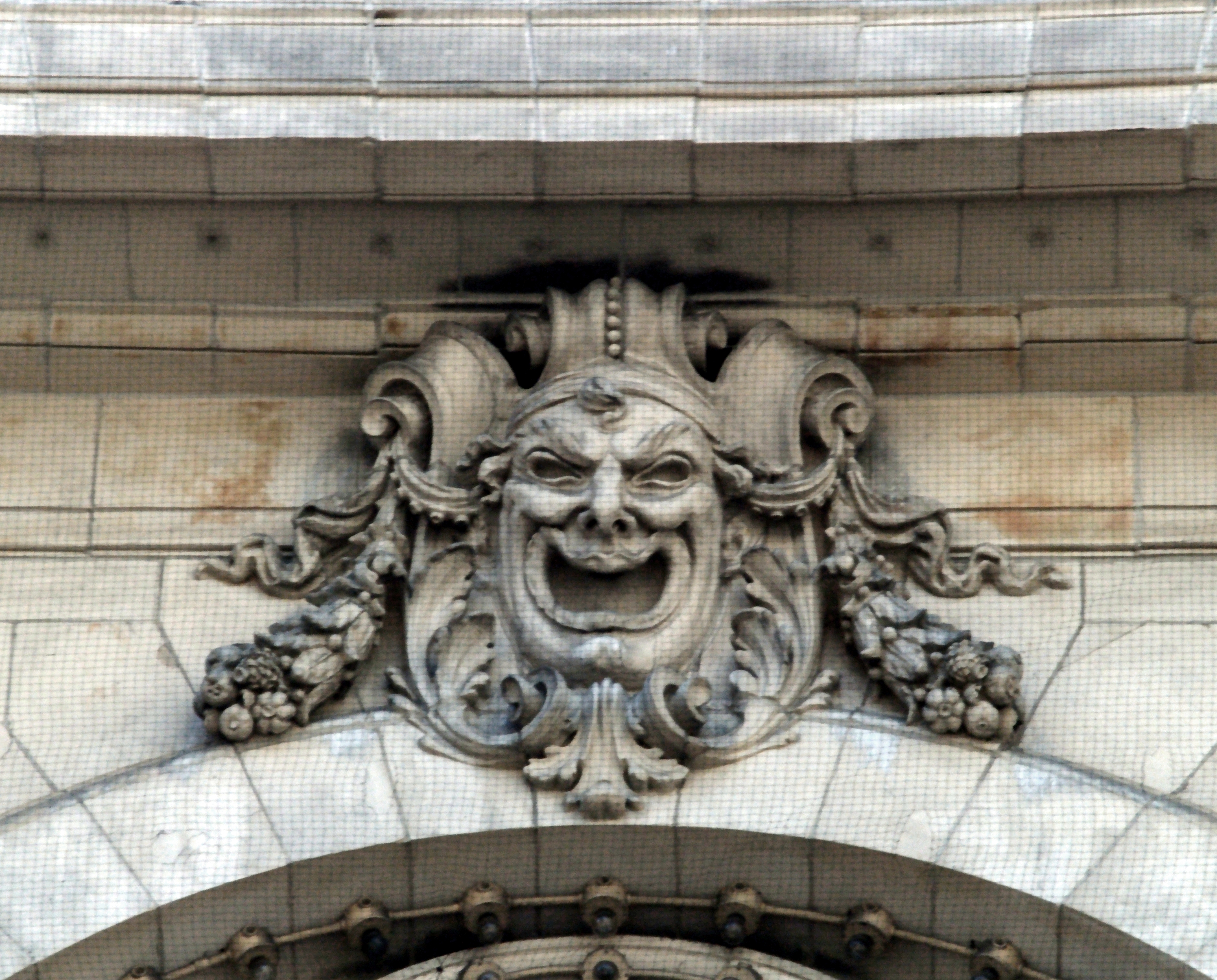Dylana Jenson’s Sibelius Recording
If you’ve never heard Dylana Jenson’s 1981 recording of the Sibelius Violin Concerto with Eugene Ormandy and the Philadelphia Orchestra, take a moment and listen. This soulful and blazing performance is widely regarded to be one of the finest recordings of the Sibelius ever made. It’s a rare gem which deserves more attention. A child prodigy and student of Josef Gingold and Nathan Milstein, Jenson was awarded the silver medal at the 1978 …


